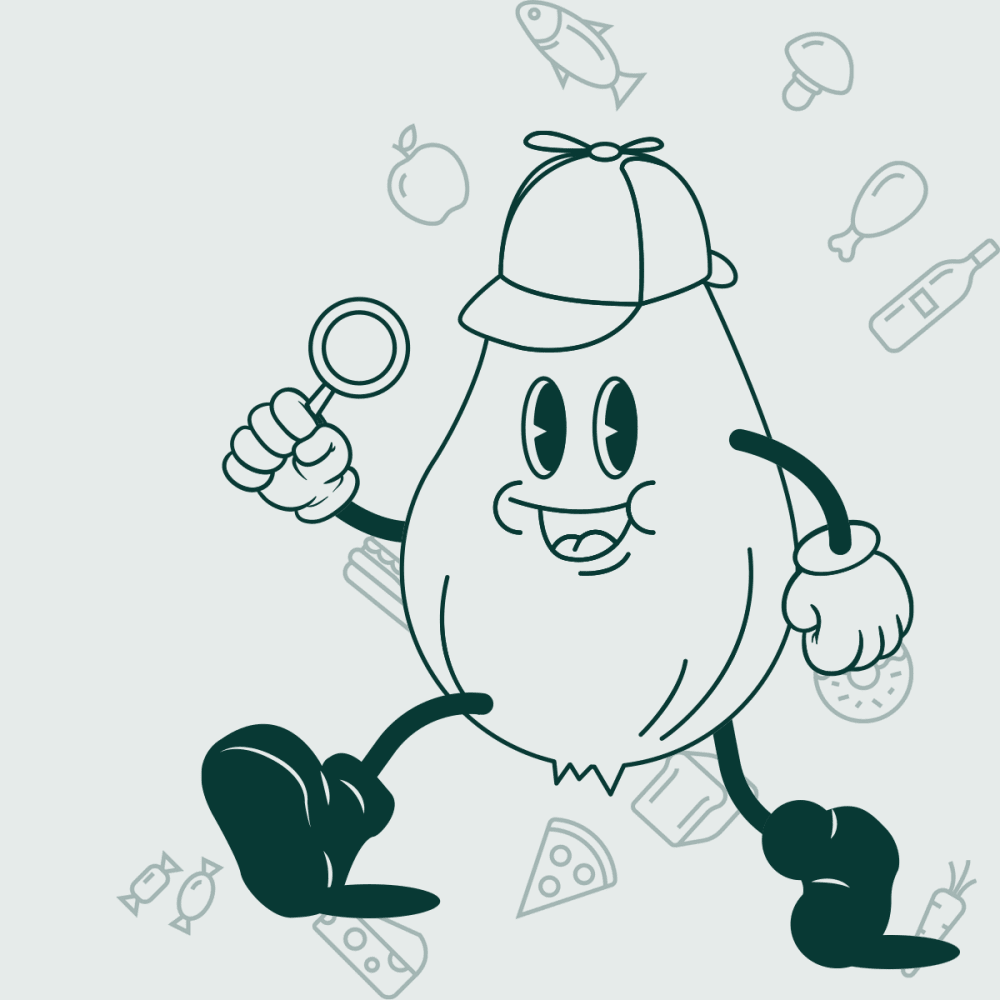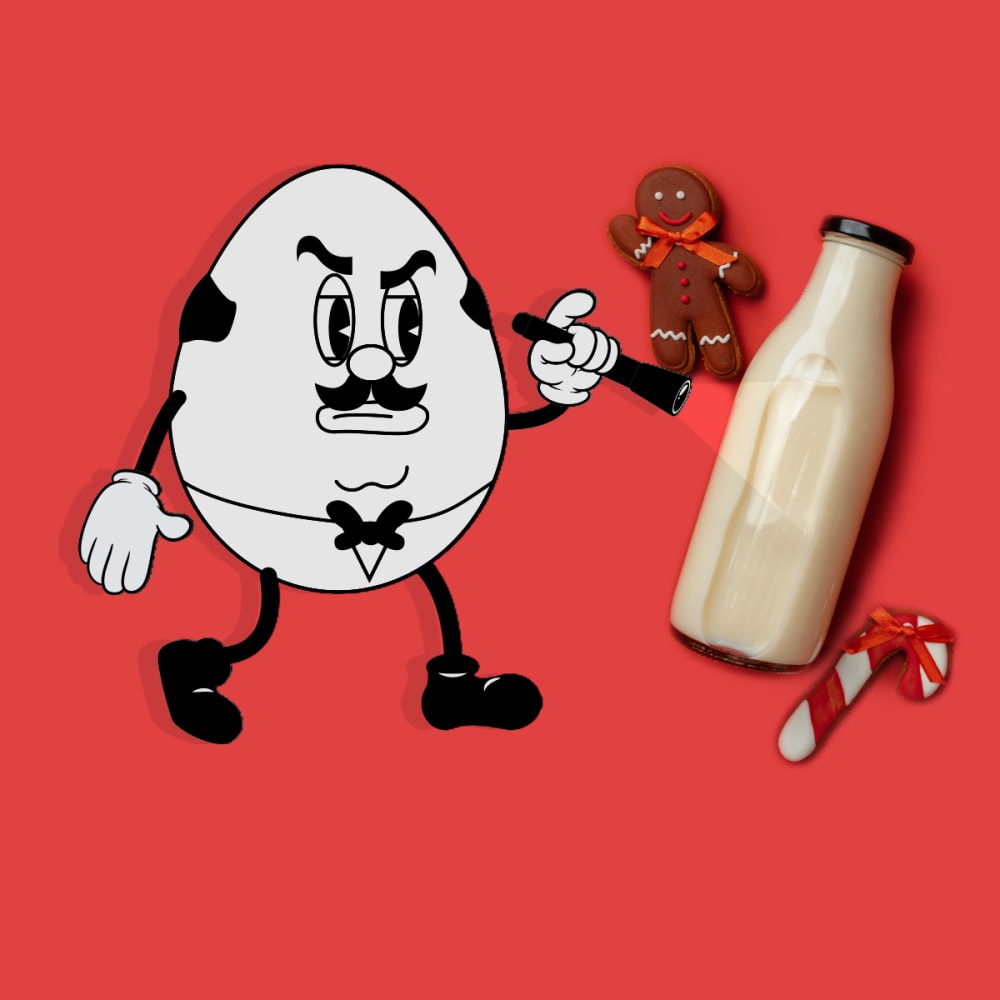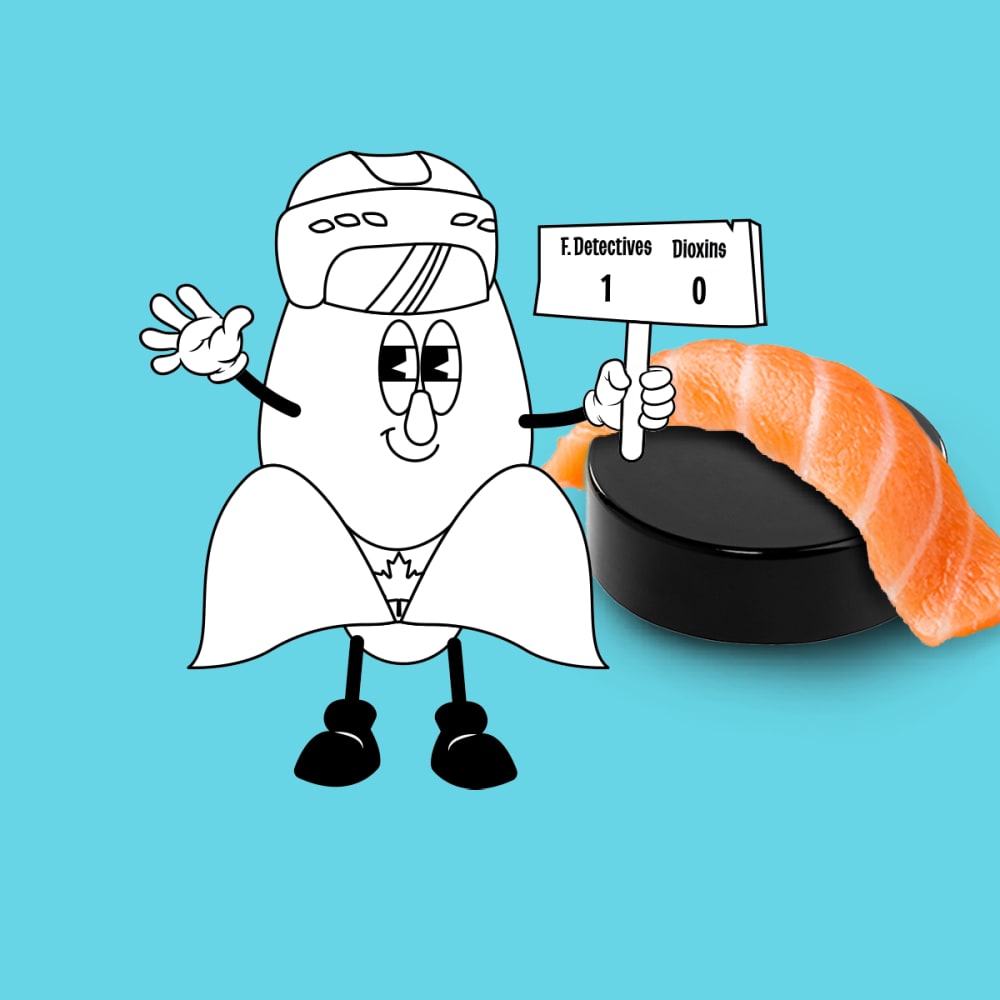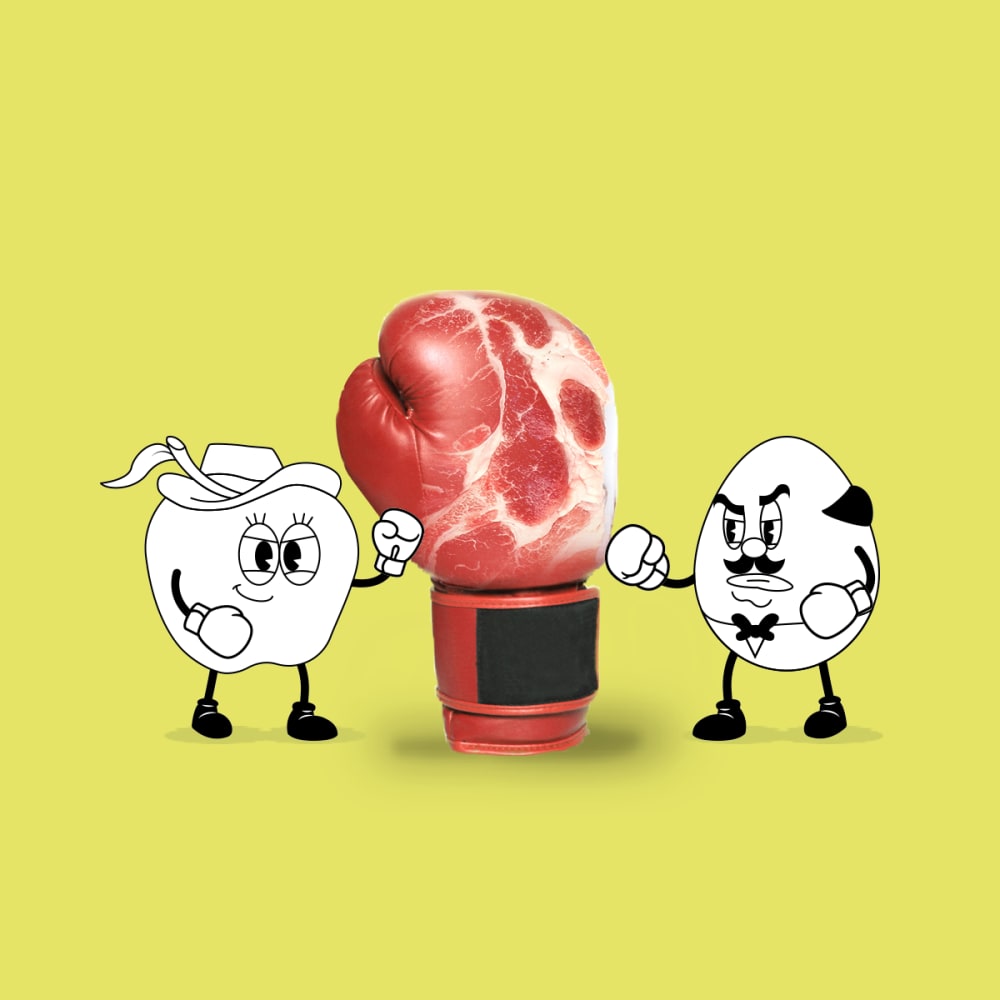Shallot Holmes and the food detectives
Welcome to the "Shallot Holmes and the Food Detectives" blog
Shallot Holmes developed a name for himself already in his pre-teen years thanks to his sharp mind and investigative nature. He was the shallot that could most frequently discover who had just cut up another member of the onion community by carefully performing tears trace analysis on sleeping chefs. Shallot Holmes was inspired to officially pursue a career as a food detective when overhearing his parents discussing a notorious case of food fraud, mainly the addition of horse meat to lasagna that was supposed to contain ground beef only. Shallot Holmes is well educated in all methods used in food analytics.

Shallot Holmes post overview
The detectives shine a light on Kjeldahl – Part 1: Sample preparation & Digestion
Having returned from the successful dioxin conference where the detectives got to grips with the determination of dioxins in fish; Shallot Holmes wonders if the detectives can also decode the mysteries of nitrogen and protein determination.
The food detectives attend a dioxins conference, determine dioxins in fish
The food detectives celebrate an important milestone by going to a dioxin conference. But things get really fishy afterwards. For them, this might be a good thing, as they get engaged in a case of determination of dioxins in fish.
How the sugar cane producer saved another €468,000 during bioethanol production
The food detectives were happy to help a sugar cane producer already save €180,000 during the four steps of raw cane sugar production. They are even more happy when he returns for advice on how to optimize his bioethanol production processes.
Ready, set, go! Kjeldahl vs NIR in the race for most efficient food analytics
The team clearly needs a break from their case load and Shallot Holmes comes up with a great workshop just in time to save the mood in the office. See two food detectives hold a great scientific debate over the merits of Kjeldahl vs NIR in the food testing lab.



